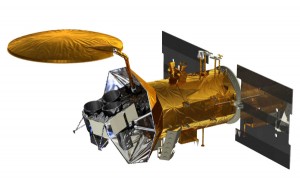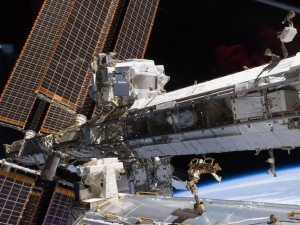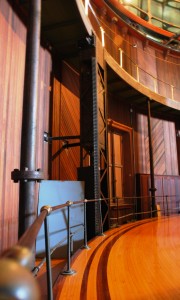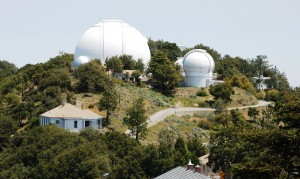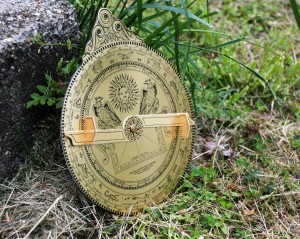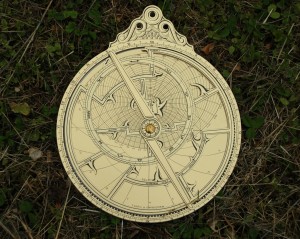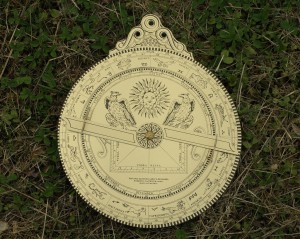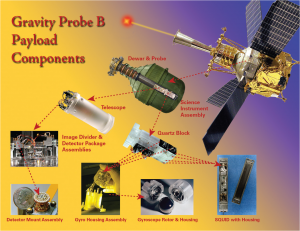Last week, I took some time away from the never-ending slog that is my book prospectus to watch (via the Internet) the liftoff of a Delta II rocket with the Aquarius/SAC-D spacecraft on board. Tense times, but everything went as planned and early telemetry suggests the Aquarius observatory is in good shape.
When I first heard about Aquarius, I thought I was looking at the wrong project description. Measuring the salinity of the Earth’s ocean? NASA? From space? Yes, on all counts. Aquarius was designed to measure Sea Surface Salinity (SSS) as it varies over time and according to region. The project team hopes that by tracking SSS from orbit, they will be able to detect variations in the Earth’s water cycle. In the end, they hope to build a more complete model of the interrelationship between runoff, the freeze-thaw of sea ice, and evaporation/precipitation over the ocean.
How will the observatory accomplish these measurements? The spacecraft’s primary instrument, which was contributed by Argentina’s Comisión Nacional deActividades Espaciales (CONAE), consists of three passive microwave radiometers that are super sensitive to salinity (1.413 GHz; L-band; this roughly correlates to 1/8 teaspoon of salt in a gallon of water). The instrument also contains an active scatterometer that measures ocean waves that affect the precision of the salinity measurement. Aquarius is projected to spend three years measuring SSS in 7-day cycles, after which time the data will be used to theorize on numerous pressing issues: how ocean currents effect salinity transport; SSS impact on tropical climate models and El Niño; SSS impact on oceans ubsurface dynamics; ice-ocean interaction; processes that maintain the ocean’s salinity; and so on.
As usual, NASA has provided an abundance of interpretive aids and flashy images. You can download a project overview in print/text, or just watch the overview video. If you’re in a hurry, you can take a quick look at the diagram of the project’s research priorities and anticipated scientific outcomes. If you’re talking about Aquarius in the classroom, you can print out educational wall posters in English and in Spanish. The gallery for the project has schematics for launch, stowage and full deployment of the satellite’s instruments. I anticipate some new additions to this section now that the observatory is in orbit above Earth’s oceans.
